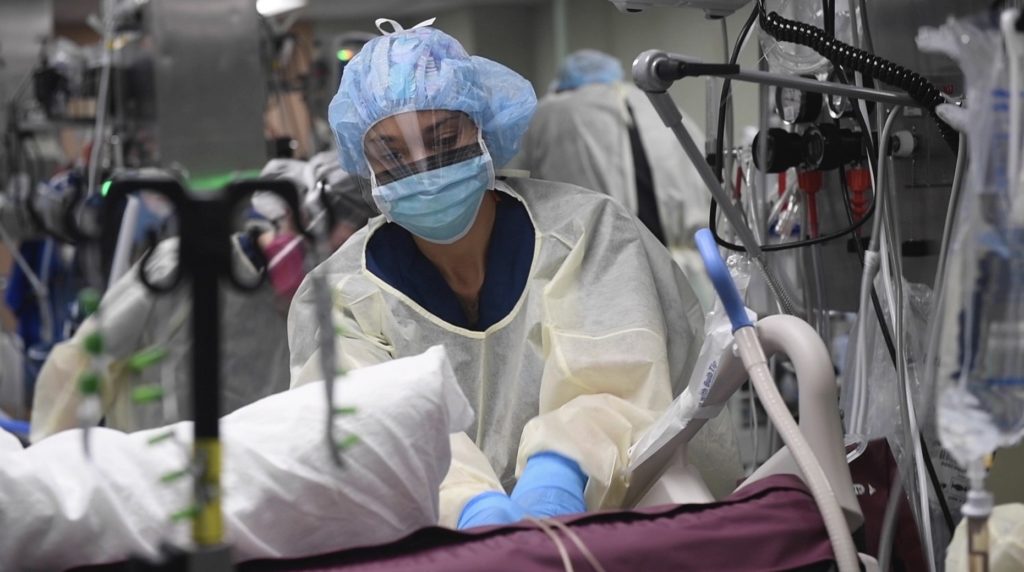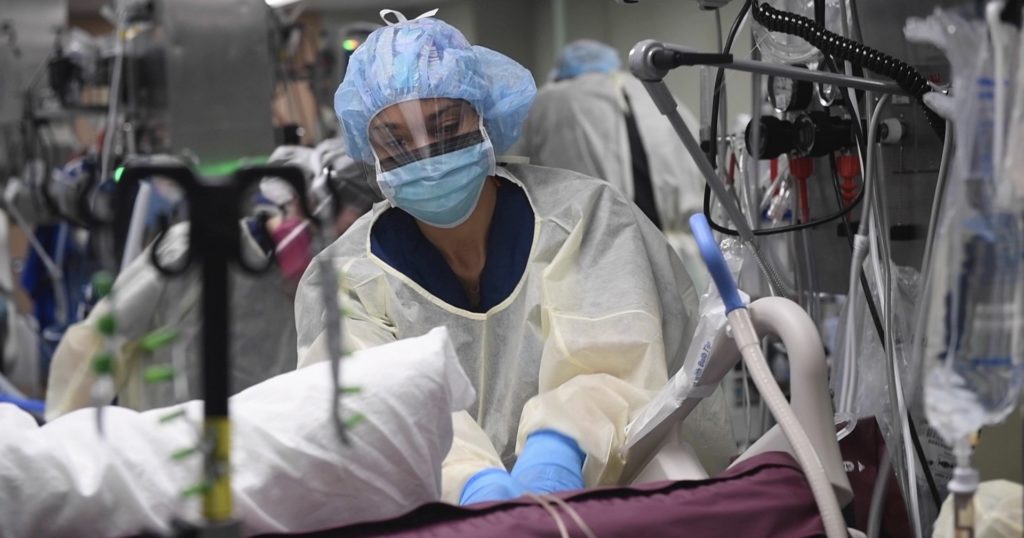 Medicine
Medicine
The COVID Crisis and Our Healthcare System


An essay by a pair of economists in Foreign Policy magazine pins the blame for our pandemic crisis on deficiencies in our health care system. It recommends a variety of interventions, each of which (predictably) entails more government control of health care by experts like… the authors of the essay. To see the COVID response as signifying a failure of the healthcare system is an insult to the brave and skilled people who responded so effectively to this virus, including colleagues at my own hospital on New York’s corona frontline.
The authors, and others who think similarly, misunderstand the roots of the crisis and misunderstand the role the health care system has played. More importantly, they misunderstand the role of statism in generating this pandemic.
Retooled Overnight
Given the unexpected nature of the pandemic, and the large numbers of patients involved, the American health care system has responded quite well. To my knowledge, not a single person in the U.S. has died of COVID due to lack of capacity of the healthcare system. The system retooled almost overnight, and did the job with remarkable effectiveness. Even more, this has been at risk to the lives of millions of healthcare workers. The American healthcare system shined in the COVID pandemic. Critics who want to improve our response to pandemics should study American healthcare for countless examples of genuine expertise and skill and not a few examples of remarkable courage.
It’s worth noting that the three countries hardest hit by the pandemic and in which under-capacity of the health care system was in evidence — China, Iran, and Italy — all have centrally controlled socialist health care systems. Those systems have proven grossly ineffective and even complicit (i.e., in China) in the spread of COVID.
Lessons from the Pandemic
There are, however, three measures that would have made an enormous difference in the pandemic in the United States. They are:
Our borders should have been closed at least a month earlier to visitors from China, Iran, and Europe. It was clear by late December that an epidemic was spreading in China. Our intelligence services were aware — there was even awareness in the media — of unusual goings-on in Wuhan. Yet for months after, hundreds of thousands of travelers from COVID-infected regions continued to pour into our country. The U.S. finally closed its borders to travelers from China on January 31, a move widely criticized as xenophobic by many of the same people who now wish to restructure our healthcare system. The fact is that every day sooner that borders are closed to vectors of a pandemic such as this saves thousands of lives. We should have closed our borders much sooner. The reluctance to do so can be laid at the feet of those who call such wise and prudent measures “xenophobic.” Such irresponsible rhetoric paralyzed any rational response and cost tens of thousands of American lives.
Mass transit, particularly in New York City, spread the virus. New York City was the epicenter of the pandemic in the U.S. and accounted for a very large proportion of COVID deaths. It has been pointed out that the spread of COVID in New York City was greatly facilitated by mass transit. It is not the case that population density was the crucial factor — Manhattan is the most densely populated borough but had a lower rate of infection than the outer boroughs (such as Queens and Staten Island). There was a correlation between infection and the length of the average daily subway commute. The more time a commuter spent on the subway, the more likely he was to get COVID — hence the high infection rate in the distant boroughs. Mass transit is beloved by government planners. In a pandemic, it kills. It is noteworthy that New York officials were aware of this early on and did nothing to stop it.
Forcing nursing homes to accept COVID-positive residents killed thousands of elderly people. This is perhaps the most egregious — the most incomprehensible — mistake made by our experts and government officials. At the same time officials were emptying prisons to protect inmates from COVID, they were ordering — ordering — nursing homes to admit residents recovering from recent COVID infection to their facilities. This staggers the mind. I won’t speculate here as to the rationale that motivated New York State (and other states’) officials and experts. The order to send COVID-infected individuals to nursing homes proved lethal to countless fragile elderly residents. Understanding such things is beyond the imagination of even the most hardened cynic.
An Order of Magnitude
If all three of these issues had been better addressed — if our borders had been closed much earlier, if we had shut down mass transit during the run-up to the pandemic, and if we had not forced nursing homes to admit COVID patients — COVID mortality in the United States arguably could have been reduced by at least an order of magnitude.
Notice that these three errors had nothing to do with the healthcare system and had nothing to do with scientific research. They had to do, in each case, with statist mismanagement.
This is what brought the COVID-19 pandemic to America and made it as deadly as it has proven to be. To prevent pandemics going forward, we don’t need a reconfiguration of our healthcare system to be run by the same people who sent COVID patients into nursing homes, or to funnel billions of dollars to the labs and offices of the same over-credentialed experts who botched our response this time.
We need a recognition that statism costs lives. Socialist models have not and will not fare well. “More Venezuela” is not a remedy for pandemics, or anything else.
Photo credit: US Navy Mass Communication Specialist 2nd Class Sara Eshleman, via Wikimedia Commons.
